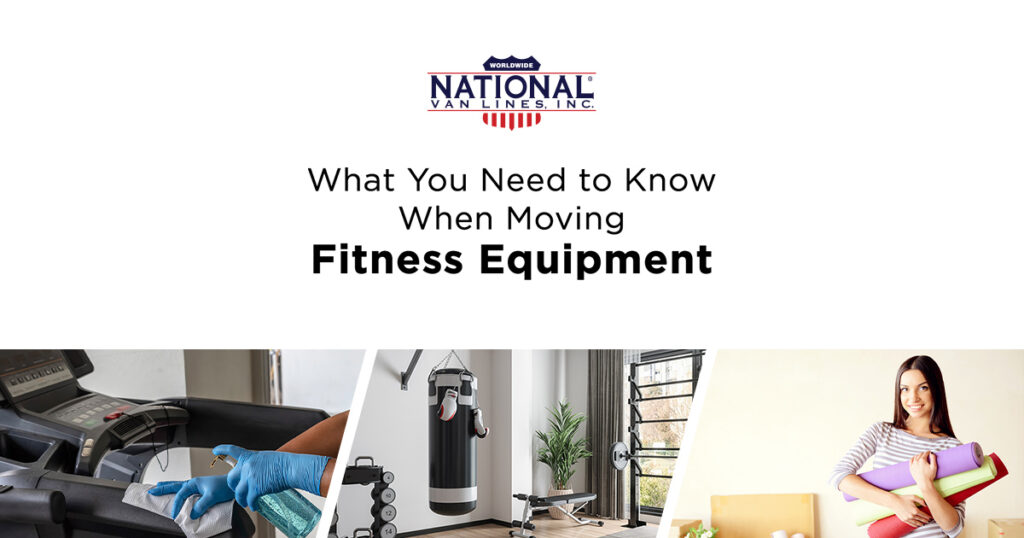
Preparing for any long distance move is an exciting and life-changing time, and when a person or family decides to make an international relocation, it can be even more intense. Such moves are more than a change of physical location, they involve cultural change as well—including a new language in many instances. To make the transition to your new location as easy as possible, we’re sharing from our years of experience as professional worldwide movers.
10 Tips to Make Your International Move Manageable
An international move can be an exciting adventure. A fresh perspective with people to meet and areas to explore can make moving abroad an extended vacation. More than ever, a professional mover will be helpful during the planning process, on moving day, and even after arrival. Here’s a list of our top 10 tips for international relocation.
1. Take the Essentials
When moving internationally, you can reduce moving expenses by packing lightly. Move your most precious belongings, but leave perishable food and replaceable toiletries with friends or family who can use them. If you’re moving to a country with a tropical climate, you may be able to donate your winter coat or consider a garage sale before you go or list your items for sale online.
2. Get Copies Of Important Documents
Whenever possible, get multiple copies of your official documents. Scan them online into cloud storage for electronic retrieval just in case. Leave one copy with a family member, one copy in storage, and take one with you. Work with an expert for your visa paperwork and any other documentation you may need to travel, and consider registering with the U.S. State Department’s Smart Traveler Enrollment Program (STEP).
3. Ready, Set, Drive!
Planning ahead is key if you want your car shipped to you. In some countries, a U.S. driver’s license can automatically qualify you for a license. In others, you may have to take a test. Likewise, your vehicle may need to pass safety or emissions standards and require documentation before getting on the road. Talk with your insurance company about your move and work with their international department to find the best solution for your trip. And if you are able to ship your car abroad with you, choose a long distance mover with experience to help you get it there.
4. Choose Your Bank
We would recommend keeping a U.S. bank, if possible. Even if you’re going to be abroad for an extended period, having a U.S. bank is very useful for visits back and transactions worldwide. Research banks in your new home country, and make sure you speak with an advisor or banker about any differences in banking and finance regulations.
5. Stay Social
Meeting new people in a new country is part of the experience, and it can help with cultural assimilation. It is especially helpful if you are moving somewhere that speaks a different language or is much different in culture. Social media is a great tool as well. Check out any Facebook groups that have similar interests as you. With just a click of a button, you’ll be on your way to making new friends. Reach out to everyone you know to find a local contact or friendly face to greet you upon arrival for a warm welcome, and don’t forget to plan a going-away party before you leave!
6. Learn the Language
Over 800 million people in the world speak English, with an additional 600 million who have learned it as a foreign language. If you’re moving from the U.S., you’re in good shape. Still, learning a new language can be an exciting way to understand a culture and learn to communicate. Don’t be afraid to mispronounce words — most will be happy to help you learn and appreciate the effort. Don’t be surprised if locals want to practice their English with you, too!
7. Plan a Visit
If it’s possible, we highly recommend taking a trip to visit your new location. An organized tour can give you a chance to learn about the culture, try new foods, appreciate new art and music, and maybe even meet your potential neighbors. Use this trip as an opportunity to get familiar with schools, churches, hospitals, gyms, and entertainment in the area.
8. Get Your Checkups
Before you leave, get a full medical checkup and any immunizations that you need. If an employer is moving you, talk to your human resources manager to learn about medical, dental, and vision benefits while overseas. Take plenty of prescriptions that you may need, and don’t forget to take a small travel kit with the essentials.
9. Bring Home With You
You’ll want to bring your favorite pictures, mementos, and decorations. Especially important for children, adjusting to a new environment is easier with a little bit of familiarity. If you have precious heirlooms, beautiful works of art, or even grandfather clocks that have been passed down generations, work with a specialty mover to protect your belongings.
- Moving with Children
Moving abroad with kids can be an exciting and rewarding adventure for the whole family, but it also comes with its challenges. To help make the transition smoother, it’s important to start preparing early. Talk to your children about the move as soon as you can. Let them know why you’re moving and involve them in the planning—it helps them feel included and gives them time to process the change.
If your children are school-age, start looking into schools in your new area. Do some research, schedule visits if you’re able, and try connecting with other expat families who can offer advice or share their experiences. When it comes to packing, let your kids choose a few favorite toys, books, or comfort items to bring along. Having familiar things with them can go a long way in helping them feel more settled in their new surroundings.
Your attitude matters too. Kids tend to pick up on how their parents are feeling, so try to stay positive and show excitement about the move. It can help them feel more confident and reassured. Once you’ve arrived, make time for fun. Explore the local area together, try new foods, and encourage your kids to meet new friends. These little things can make a big difference in helping them adjust and feel at home.
- Moving with Pets
Moving abroad with pets takes some extra planning, but a little preparation goes a long way in keeping them safe and comfortable. Start by checking the pet regulations for your destination—some countries require vaccinations, microchipping, or even quarantine. Knowing this in advance can save time and stress.
Before you go, visit the vet to make sure your pet is healthy and up to date on vaccinations. You’ll also need to gather any required health certificates. When packing, bring enough food, water, medications, and a few comfort items like a favorite toy or blanket to help them feel secure.
During travel, use a secure, well-ventilated carrier and, if possible, plan for breaks. Once you arrive, keep their routine as normal as you can and give them plenty of attention. A little familiarity and love will help them settle in smoothly.
By following these tips, you can make the moving process easier for both your children and your pets. Enjoy your new adventure abroad!
10. Prepare for an Adventure
Finally, you’ll want to prepare for an adventure. Moving abroad can be new and exciting, and having professional movers in your corner can make it much easier. From initial planning and packing services all the way to arrival and delivery, National Van Lines can help.
Trust Your International Relocation to Premier Pro Movers
Your first big decision was to move, and your next one is to hire experienced, award-winning international movers to get you and your belongings to your new home safely. National Van Lines is synonymous with efficient, affordable international relocations. Get your free quote started, or call us at 800-323-1962.
Image Credit – small smiles/Shutterstock.com






